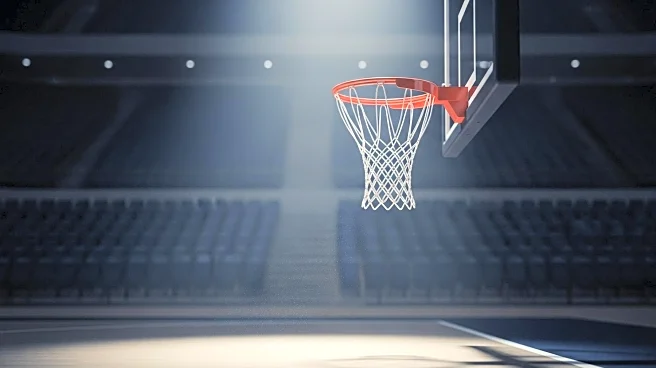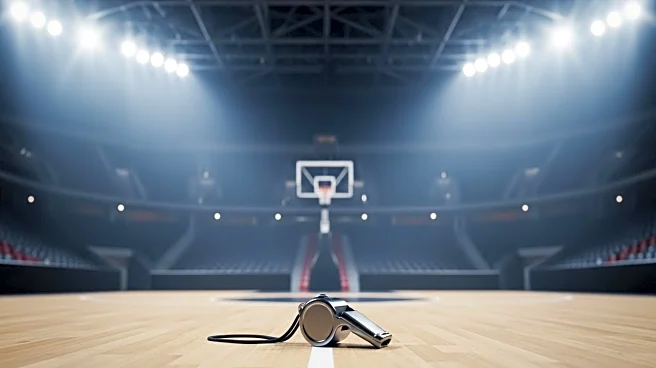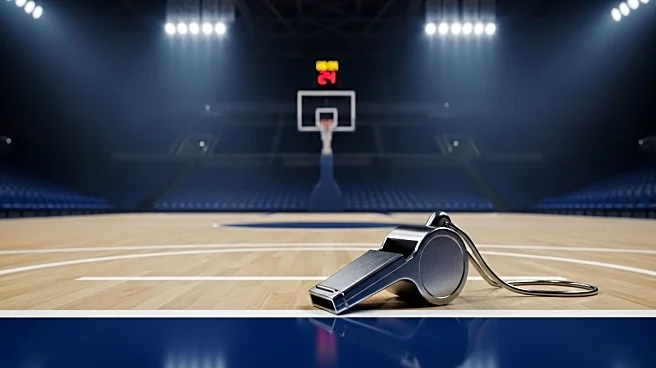What's Happening?
The Los Angeles Sparks have unveiled plans to construct a new $150 million practice facility in El Segundo, California, set to open in 2027. This facility, spanning 55,000 square feet, represents the largest investment by a single team in women's sports history. The facility will include state-of-the-art amenities such as a 'player sanctuary' with a pool and nap rooms, two regulation basketball courts, a circular locker room, and advanced training spaces. Sparks governor Eric Holoman emphasized the facility's design, which focuses on enhancing player performance and community engagement. This development is part of a broader trend in the WNBA, where teams like the Las Vegas Aces and Seattle Storm have already invested in dedicated training centers.
Why It's Important?
The construction of this facility marks a significant milestone in women's sports, highlighting the growing investment and commitment to female athletes. It sets a new standard for professional sports organizations in terms of resources and support provided to athletes. The facility is expected to enhance the Sparks' ability to attract and retain top talent, thereby improving team performance and competitiveness. Additionally, it reflects a broader movement within the WNBA to prioritize player welfare and development, potentially influencing other sports leagues to follow suit.
What's Next?
The Sparks will continue to develop the facility, with construction expected to be completed by 2027. As the facility nears completion, it may prompt other WNBA teams to accelerate their plans for similar investments. The Sparks' initiative could also inspire other sports organizations to enhance their infrastructure, focusing on athlete-centric designs. Stakeholders, including players and fans, will likely monitor the progress closely, anticipating the benefits of improved training and community spaces.
Beyond the Headlines
This development could have long-term implications for gender equality in sports, as increased investment in women's facilities may lead to greater visibility and support for female athletes. It may also encourage discussions on the disparities in funding and resources between men's and women's sports, potentially driving policy changes and advocacy efforts.











